Appearance
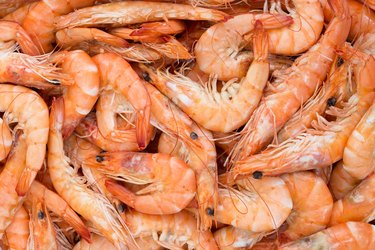
When it comes to determining if shrimp is bad, paying attention to its appearance is crucial. Fresh shrimp should have a vibrant and uniform color, whether it’s white, pink, or gray. Any discoloration, such as dark spots or patches, can indicate spoilage. The texture should be firm and springy, not mushy or slimy. Additionally, check the shell for any signs of damage or cracks. If the shrimp has a translucent or milky appearance, it may be a sign of poor quality. Trust your instincts and if something seems off, it’s best to discard the shrimp.
1 Changes In Color And Texture Of Shrimp
One of the key indicators of spoiled shrimp is changes in its color and texture. Fresh shrimp should have a vibrant and uniform color, whether it’s white, pink, or gray. Any discoloration, such as dark spots or patches, can indicate spoilage. The texture should be firm and springy, not mushy or slimy. Additionally, check the shell for any signs of damage or cracks. If the shrimp has a translucent or milky appearance, it may be a sign of poor quality. Trust your instincts and if something seems off, it’s best to discard the shrimp.
2 Unusual Odors And Sliminess
Unusual odors and sliminess can be strong indicators that shrimp is spoiled and no longer safe to eat. If the shrimp emits a sour ammonia-like smell or any other off-putting odor, it is best to discard it. The presence of sliminess on the shrimp’s surface can also be a sign of spoilage. Fresh shrimp should have a smooth and firm texture, so any slimy or mushy consistency is a clear indication that the shrimp has gone bad. Trust your senses and always prioritize your health and safety when it comes to consuming seafood.
Smell
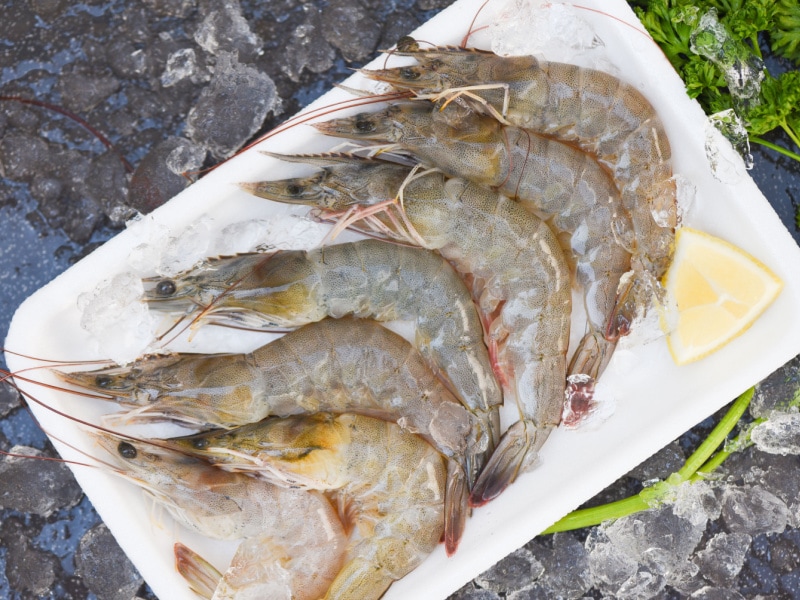
Smell plays a crucial role in determining the freshness of shrimp. When assessing the smell of shrimp, it is important to trust your senses. Good shrimp should have a slightly salty or oceanic aroma. If you detect a rotten or ammonia-like smell, it is a clear indication that the shrimp has gone bad and should not be consumed. Additionally, strong fishy or pungent odors can also be signs of spoilage. It is best to err on the side of caution and discard shrimp that emits any off-putting or unpleasant smells.
1 Rotten Or Ammonia-like Smell
A rotten or ammonia-like smell is a clear indicator that shrimp has gone bad and should not be consumed. This unpleasant odor is caused by the growth of bacteria on the shrimp. When assessing the smell of shrimp, it is important to trust your senses. Good shrimp should have a slightly salty or oceanic aroma. If you detect any off-putting or foul smells, it is best to err on the side of caution and discard the shrimp. Trusting your nose is crucial in ensuring that you consume fresh and safe seafood.
2 Fishy Or Strong Odors
Fishy or strong odors are another sign that shrimp may be spoiled. Fresh shrimp should have a slight oceanic scent or a lingering salty aroma. However, if you notice a strong fishy smell, it is an indication that the shrimp may be past its prime. This strong odor can be caused by the growth of bacteria or the breakdown of proteins in the shrimp. Trust your senses and discard any shrimp with a strong fishy or unpleasant odor.
Touch
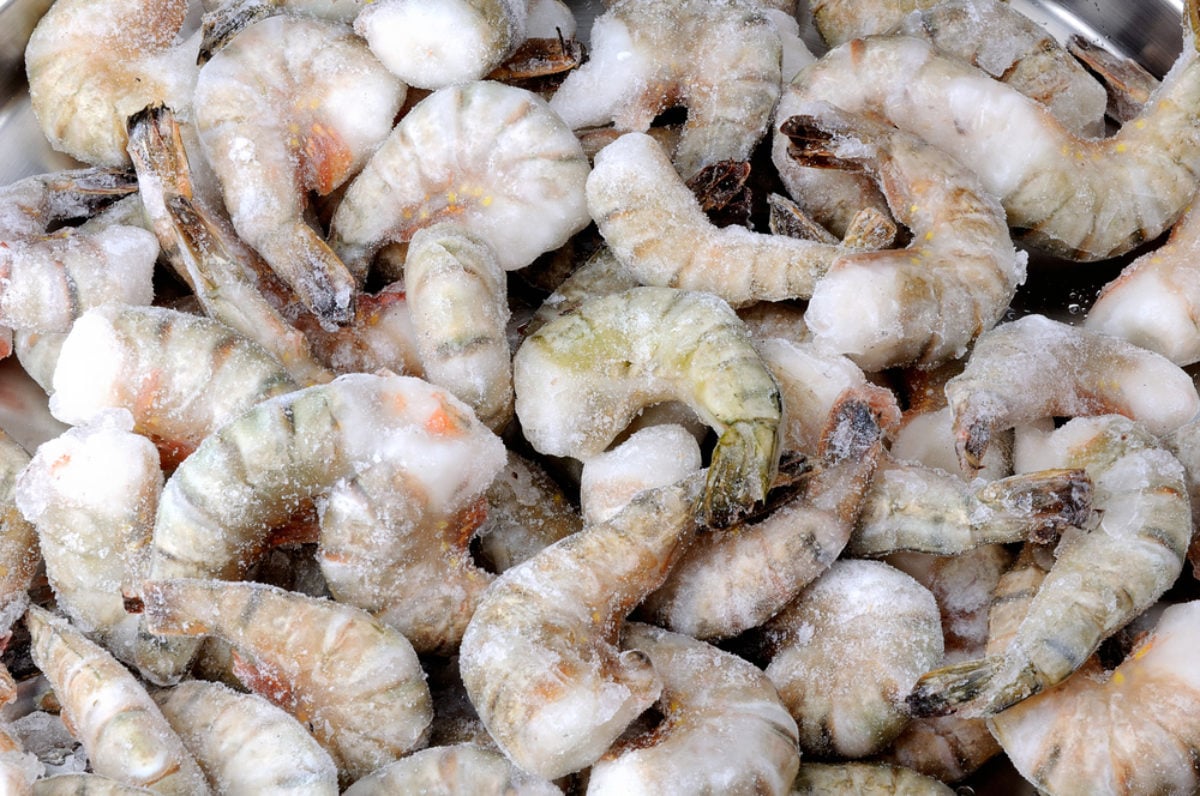
When it comes to determining if shrimp is bad, the sense of touch can provide valuable information. Fresh cooked shrimp should have a firm texture and feel slightly springy when pressed. If the shrimp feels slimy or mushy, it is a clear sign that it has spoiled and should be discarded. The sliminess can be an indication of bacterial or mold growth, which can lead to foodborne illness if consumed. Therefore, when in doubt about the texture of shrimp, it’s best to err on the side of caution and avoid eating it.
1 Firmness And Texture Of Shrimp
Firmness and texture play a crucial role in determining the freshness of shrimp. When it comes to cooked shrimp, it should have a firm texture and feel slightly springy when touched. If the shrimp feels slimy or mushy, it is a clear indication that it has spoiled. Such texture changes can be a result of bacterial or mold growth, which can lead to foodborne illness if consumed. Therefore, it is important to always check the firmness and texture of shrimp before consuming to ensure its quality and safety.
2 Stickiness Or Mushiness
Another indicator of spoiled shrimp is stickiness or mushiness. Fresh shrimp should have a firm texture, so if you notice that the shrimp feels sticky or has a mushy consistency, it is a clear sign of spoilage. This change in texture is often a result of bacterial or mold growth, which can be harmful if consumed. It is important to discard shrimp with these characteristics to avoid any potential foodborne illness. Remember, when it comes to shrimp, a firm and springy texture is key to ensuring its freshness and quality.
Taste
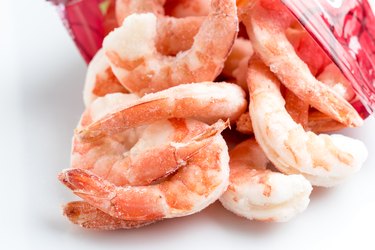
When it comes to determining if cooked shrimp is bad, paying attention to its taste is crucial. If the shrimp tastes bitter or has a metallic flavor, it is a clear indication of spoilage and should be discarded immediately. Additionally, if the shrimp tastes sour or has any off-putting flavors, this is another sign that it is no longer fresh and safe to consume. Trust your taste buds when it comes to shrimp and always prioritize your health by avoiding any shrimp that doesn’t taste right.
1 Bitter Or Metallic Taste
When it comes to determining if cooked shrimp is bad, paying attention to its taste is crucial. If the shrimp tastes bitter or has a metallic flavor, it is a clear indication of spoilage and should be discarded immediately. Additionally, if the shrimp tastes sour or has any off-putting flavors, this is another sign that it is no longer fresh and safe to consume. Trust your taste buds when it comes to shrimp and always prioritize your health by avoiding any shrimp that doesn’t taste right.
2 Sour Or Off-putting Flavors
If the cooked shrimp has a sour or off-putting flavor, this is a clear indication that it is no longer fresh and safe to consume. The presence of these flavors suggests that the shrimp has started to spoil and may contain harmful bacteria. It’s important to trust your taste buds and avoid eating shrimp that tastes sour, as consuming spoiled seafood can lead to food poisoning and other health issues. When in doubt, it’s always better to discard the shrimp to prioritize your well-being.
Storage And Expiration

To ensure the freshness and safety of shrimp, proper storage is crucial. Fresh shrimp should be stored in the refrigerator at a temperature below 40°F (4°C) and consumed within a few days. It is best to keep the shrimp in a covered container or sealed bag to prevent cross-contamination and maintain their quality. Additionally, it is important to pay attention to expiration dates when purchasing pre-packaged shrimp. Be sure to check the packaging for any signs of damage or leaks, which can indicate spoilage. By following proper storage guidelines and being mindful of expiration dates, you can enjoy delicious and safe shrimp.
1 Proper Storage Guidelines
Proper storage of shrimp is essential to maintain its freshness and prevent spoilage. When storing fresh shrimp, it is important to keep it refrigerated at a temperature below 40°F (4°C). To ensure the best quality, place the shrimp in a covered container or a sealed bag to avoid cross-contamination with other foods. It is also recommended to consume the shrimp within a few days to maximize its taste and safety. By following these proper storage guidelines, you can keep your shrimp fresh and delicious for longer periods.
2 Expiration Dates And Shelf Life
Shrimp, like any other perishable food item, has an expiration date and a limited shelf life. It is important to pay attention to these dates to ensure the freshness and safety of the shrimp. Generally, fresh shrimp should be consumed within a few days of purchase. Frozen shrimp can be stored for several months, but it is still important to check the expiration date on the packaging. If the shrimp has passed its expiration date or shows signs of spoilage, such as changes in color, texture, or smell, it is best to discard it to avoid any potential health risks.
Conclusion
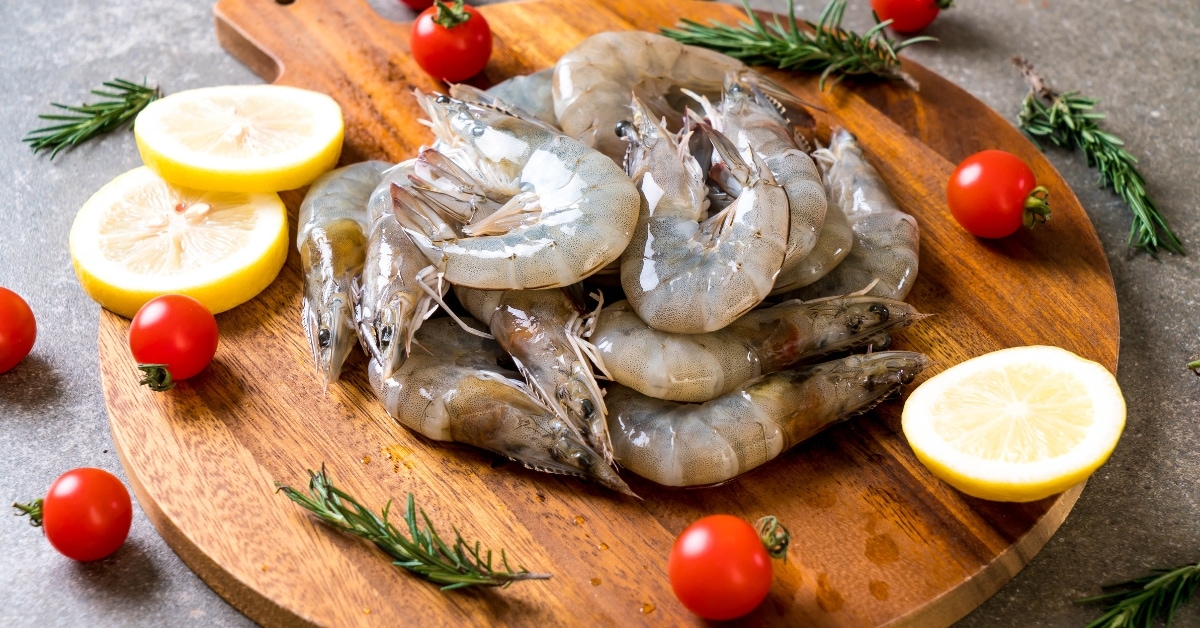
In conclusion, it is crucial to be able to identify when shrimp has gone bad to ensure the safety of consumption. Whether it’s changes in color and texture, unusual odors and sliminess, or off-putting tastes, these are clear indications of spoilage. Proper storage guidelines and paying attention to expiration dates are important for maintaining the freshness of shrimp. Discarding spoiled shrimp is essential to prevent any potential health risks. By being aware of these signs and following proper seafood handling practices, individuals can enjoy fresh and delicious shrimp dishes with peace of mind.
1 Importance Of Discarding Spoiled Shrimp
It is of utmost importance to discard spoiled shrimp to ensure the safety of consumption. Eating spoiled shrimp can lead to foodborne illnesses, including bacterial infections and gastrointestinal issues. Spoiled shrimp may contain harmful bacteria, toxins, or other contaminants that can cause health problems. By discarding any shrimp that shows signs of spoilage, individuals can prevent the risk of getting sick and preserve their overall well-being. It is crucial to prioritize food safety and always err on the side of caution when it comes to consuming seafood.
2 Tips For Identifying Fresh Seafood
When it comes to buying and cooking seafood, freshness is key. Here are two tips for identifying fresh seafood:
- Look for Clear and Bright Eyes: The eyes of fresh seafood, including shrimp, should be clear and bright. Avoid shrimp with cloudy or sunken eyes, as this can indicate that they are no longer fresh.
- Check for Firmness and Elasticity: Fresh shrimp should have a firm and springy texture. Avoid shrimp that feel mushy or soft, as they may have started to spoil.
By keeping these tips in mind, you can ensure that the seafood you purchase is fresh and safe to consume.
FAQ About How To Tell If Shrimp Is Bad: Identifying Spoiled Seafood
Q: What are the signs that shrimp is bad or spoiled?
A: Some signs that shrimp is bad or spoiled include a slimy texture, strong ammonia-like odor, or discoloration.
Q: How can you check if shrimp is fresh?
A: To check if shrimp is fresh, look for firm and translucent flesh with a mild sea-like odor. Avoid shrimp with black spots or an off smell.
Q: Can you still cook and eat shrimp if it smells a little fishy?
A: It is not recommended to cook and eat shrimp if it smells fishy. This odor is a sign of spoilage, and consuming spoiled seafood can lead to food poisoning.
Q: What should I do if I suspect that the shrimp I purchased is bad?
A: If you suspect that the shrimp you purchased is bad, it is best to discard it immediately to avoid any risk of foodborne illness.
Q: How long can you keep raw shrimp in the refrigerator?
A: Raw shrimp can be kept in the refrigerator for up to two days. Store it in a colander over a bowl of ice to maintain proper temperature and prevent the shrimp from sitting in any accumulated water.
Q: Can frozen shrimp go bad?
A: Frozen shrimp can go bad if not stored properly. Check for any signs of freezer burn or ice crystals, which can indicate that the shrimp has been stored for too long and may have deteriorated in quality.

We are introducing OH! NANA, where culinary excellence meets sustainability! Our journey began with a passion for creating delicious, nutrient-dense dishes while minimizing waste and environmental impact. At OH! NANA, we believe that great taste and nutritional value can go hand in hand with responsible sourcing and production. Our commitment to delivering intense flavors and high nutritional value is paired with a dedication to reducing waste in every aspect of our operations. From sourcing fresh, locally-grown ingredients to implementing efficient kitchen practices, we strive to positively impact both your health and the health of our planet.